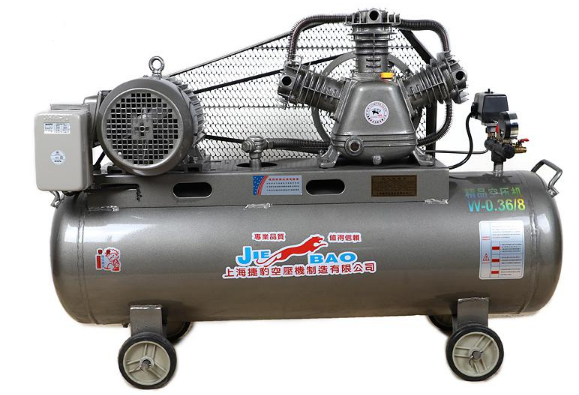Efficient Solutions for Poultry Plucking in Commercial Production
Dec . 09, 2024 20:27 Back to list
Efficient Solutions for Poultry Plucking in Commercial Production
The Evolution and Impact of Commercial Poultry Pluckers
The poultry industry is a vital component of global agriculture, providing a sustainable source of protein for billions of people each year. In the heart of this industry lies the poultry plucker, a revolutionary machine that has transformed the way birds are processed for consumption. From small-scale farms to large commercial operations, the plucking process is a critical step that can significantly influence efficiency, cost, and the overall quality of the meat produced.
Understanding Poultry Pluckers
Poultry pluckers are machines designed to remove feathers from chickens, ducks, and other birds after they have been slaughtered. Traditionally, this task was carried out by hand, requiring a considerable amount of labor and time. However, the advent of commercial pluckers has streamlined the process, allowing for higher production rates while maintaining product quality.
The primary function of a poultry plucker is to mechanically remove feathers using a set of rubber fingers or paddles that gently grip the bird’s skin, pulling out feathers without damaging the underlying meat. These machines come in various sizes and capacities, catering to different scales of operations, from small farms to large poultry processing plants.
Types of Commercial Poultry Pluckers
There are several types of commercial poultry pluckers available, ranging from tabletop models for small farms to large, industrial-grade machines capable of processing thousands of birds per hour.
1. Tabletop Pluckers Ideal for small-scale operations, these compact models are portable and affordable. They can efficiently process a few birds at a time, making them suitable for local farmers and specialty poultry producers.
2. Batch Pluckers These machines can handle larger quantities of birds simultaneously. They are preferred by mid-sized poultry operations looking to increase efficiency without investing in full-scale processing lines.
3. Continuous Plucking Systems Large poultry processing facilities often utilize continuous systems, which automatically feed birds through a series of machines for slaughtering, plucking, eviscerating, and packaging. These systems maximize efficiency and minimize labor costs, allowing companies to meet high consumer demand.
commercial poultry plucker

Benefits of Using Commercial Poultry Pluckers
The introduction of commercial poultry pluckers has numerous benefits
- Increased Efficiency Automated plucking significantly reduces the time required to process birds, allowing producers to scale up operations and meet market demands.
- Cost-Effectiveness By minimizing labor costs and the time taken for processing, poultry pluckers enhance profitability for producers.
- Consistent Quality Mechanical plucking ensures a uniform removal of feathers, which can improve the overall presentation and quality of the final product.
- Hygiene and Safety With more automated processes, there’s less human handling, which can lead to reduced contamination risk and a cleaner working environment.
Environmental Considerations
As with any advancements in agriculture, the environmental impact of commercial poultry pluckers is also worthy of consideration. Modern pluckers are designed to operate efficiently, using less water and energy than traditional methods. Furthermore, they can aid in waste management by facilitating the collection of feathers and other by-products that can be repurposed for various uses, such as compost or animal feed.
Conclusion
The evolution of commercial poultry pluckers marks a significant advancement in the poultry industry, blending technology with traditional farming practices. As consumer demand for poultry products continues to rise, the role of innovative machinery in enhancing efficiency and quality becomes increasingly important. By embracing these advancements, poultry producers can not only improve their operational capabilities but also contribute to a more sustainable agricultural framework that meets the needs of a growing population. The poultry plucker is not just a tool; it is a symbol of the progress and potential of modern agriculture.
-
Automatic Feeding Line System-Pan Feeder Nipple Drinker|Anping County Yize Metal Products Co., Ltd.
NewsJul.29,2025
-
Hot Sale 24 & 18 Door Rabbit Cages - Premium Breeding Solutions
NewsJul.25,2025
-
Automatic Feeding Line System Pan Feeder Nipple Drinker - Anping County Yize Metal Products Co., Ltd.
NewsJul.21,2025
-
Automatic Feeding Line System Pan Feeder Nipple Drinker - Anping County Yize Metal Products Co., Ltd.
NewsJul.21,2025
-
Automatic Feeding Line System - Anping Yize | Precision & Nipple
NewsJul.21,2025
-
Automatic Feeding Line System - Anping Yize | Precision & Nipple
NewsJul.21,2025






